On March 5th 2020, tawwaf (circumambulation) in the immediate vicinity of the Ka’ba was temporarily halted by the authorities. A decision was taken to sterilise the area, due to fears over Coronavirus.
This is not the first time that worshippers have been prevented from circumambulating the House of God; we take a look at some of the recorded historical instances in which tawwaf has been interrupted, for a host of different reasons.
1. First Siege of Mecca 683 AD
On 3 Rabi I (Sunday, 31 October 683 CE), the Ka’ba was severely damaged by fire during fighting between the armies of Yazid and Abd-Allah ibn al-Zubayr. It was subsequently rebuilt by the latter (may God be pleased with him), who reconstructed it based on the foundations of the Prophet Ibrahim (peace be upon him).
2. Second Siege of Mecca 692 AD
A mere 9 years later, the Ka’ba was damaged again, as Umayyad forces laid siege to the city. The walls of the Ka’ba were cracked by catapult stones. On the orders of Caliph Abd al-Malik ibn Marwan, the remnants of Ibn al-Zubayr’s structure were razed and rebuilt to the dimensions that existed during the lifetime of the Prophet ﷺ.

3. Floods 1629
Following heavy rain and flooding, the walls of the Ka’ba collapsed. The structure was rebuilt later that year by the ruling Ottomans.
4. More Floods 1941
Though this time the Ka’ba was not damaged, tawwaf was halted by flooding…well sort of. A Bahraini man, Sheikh al-Awadi, then 12 years old, was photographed performing tawwaf by swimming.
He said: “I was a student in Makkah at the time when the holy city witnessed torrential rain for nearly one week incessantly throughout day and night, resulting in flashfloods inundating all parts of the holy city.
- “I saw several people, vehicles and animals washed away by flashfloods and several houses and shops inundated.”
On the last day of the rain, he decided to go to the mosque along with brother Haneef and two friends, Muhammad Al-Tayyib from the Malian city of Timbuktu and Hashim Al-Bar from Aden, Yemen, to see what was going on.
- “Our teacher Abdul Rauf from Tunis also accompanied us. As children, we were delighted to see the flooded mataf. Being a good swimmer, I was struck by the idea of performing tawaf and my brother and friends also joined me.”

5. Siege 1979
In 1979, 200 armed civilians seized the Grand Mosque, calling for the overthrow of the House of Saud. The siege lasted 2 weeks and there were hundreds of casualties. Abdel Moneim Sultan, an Egyptian student at the time, was a witness,
- ”People were surprised at the sight of gunmen… This is something they were not used to. There is no doubt this horrified them. This was something outrageous.”

6. Reconstruction 1996
A major reconstruction of the Ka’ba took place between May and October 1996, for the first time since the 17th century Ottoman reconstruction. Though tawwaf wasn’t completely halted, the numbers were drastically reduced, as the images show.
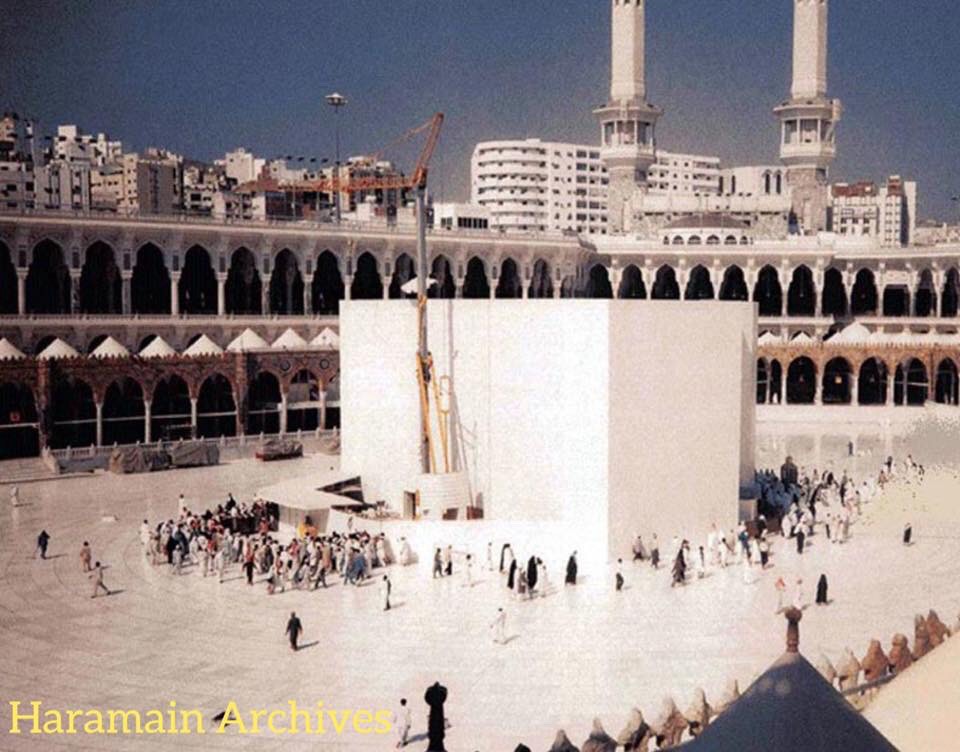
Source: Sacred Footsteps


 Quran
Quran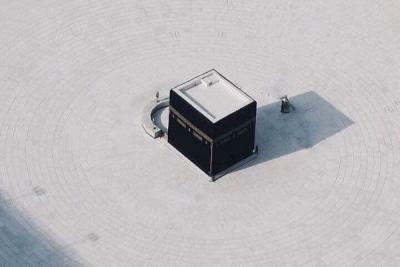
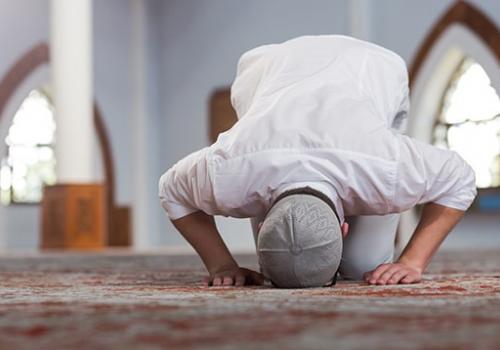


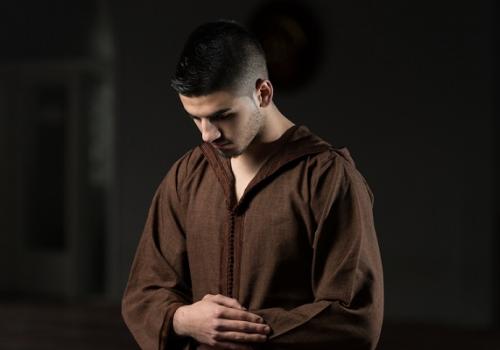

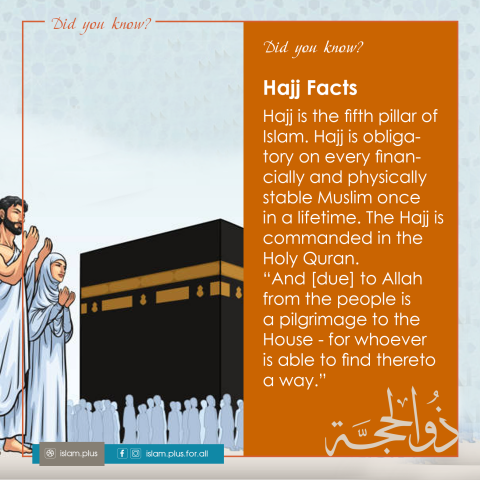
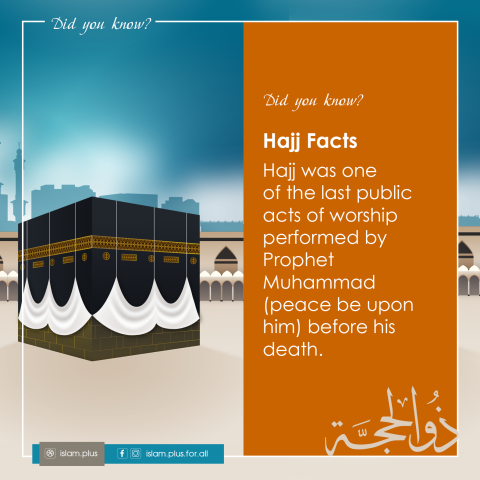
Add new comment